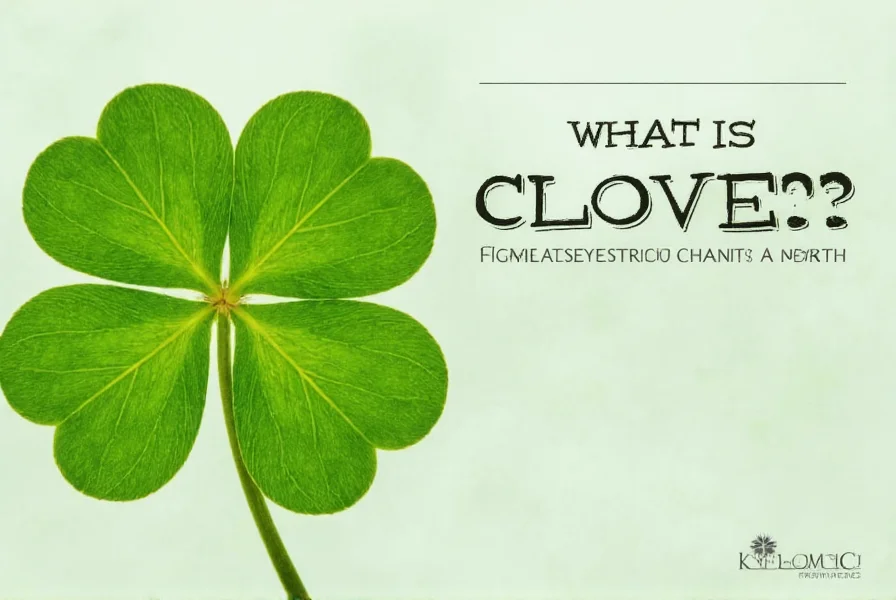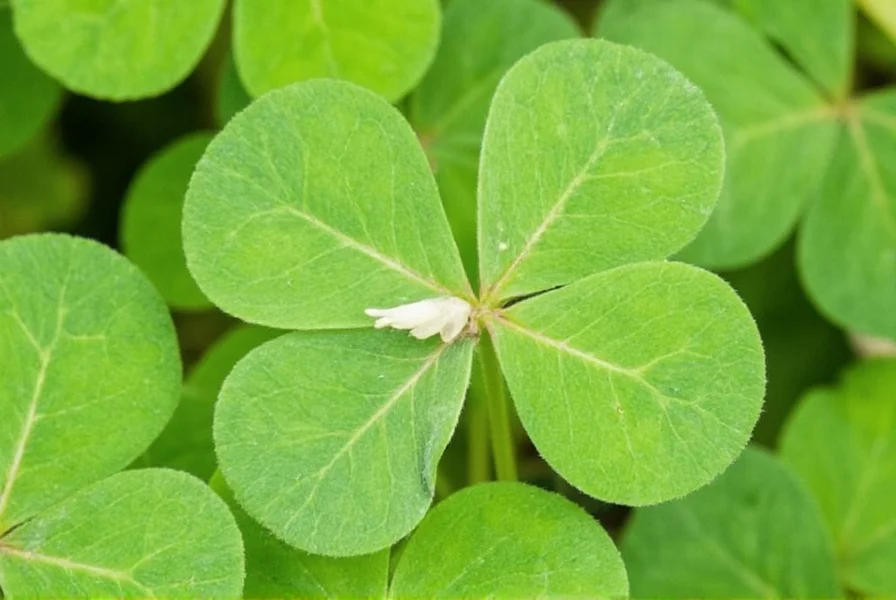Clover plants belong to the Fabaceae family, sharing characteristics with beans, peas, and lentils. These hardy plants thrive in temperate climates worldwide, often appearing in lawns, pastures, and wild meadows. Their distinctive trifoliate leaf structure—three leaflets radiating from a central stem—gives the genus its name Trifolium, meaning "three leaves" in Latin.
Botanical Classification and Characteristics
As members of the legume family, clovers possess unique biological features that distinguish them from other flowering plants. Their root systems host symbiotic bacteria (Rhizobium) that convert atmospheric nitrogen into forms usable by plants—a process called nitrogen fixation. This natural fertilization capability makes clover valuable for soil regeneration in agricultural settings.
The flowers of clover species typically form dense spherical or oval heads containing numerous small individual blossoms. White clover produces creamy-white flower heads, while red clover features pinkish-purple blooms. These flowers serve as important nectar sources for bees, contributing significantly to honey production—particularly in regions where what is clover honey becomes a common search query among culinary enthusiasts.
| Common Clover Species | Scientific Name | Height | Flower Color | Primary Habitat |
|---|---|---|---|---|
| White Clover | Trifolium repens | 4-8 inches | Creamy white | Lawns, pastures, roadsides |
| Red Clover | Trifolium pratense | 12-24 inches | Pink-purple | Meadows, fields |
| Alsike Clover | Trifolium hybridum | 8-20 inches | White-pink | Moist soils, cultivated fields |
| Crimson Clover | Trifolium incarnatum | 12-24 inches | Bright red | Annual crop rotations |
Understanding Clover Varieties and Identification
Identifying different clover species requires attention to specific botanical markers. While all share the characteristic three-leaflet structure, subtle differences exist in leaf markings, flower shape, and growth habits. Most clover leaves feature a pale crescent or "water mark" pattern near the center—a distinguishing feature from similar-looking plants like shamrock or wood sorrel.
When exploring what is clover versus shamrock, note that true shamrocks belong to the Oxalis genus, not Trifolium. Shamrock leaves often have heart-shaped leaflets and sour taste due to oxalic acid, while clover maintains the typical legume flavor profile. The four-leaf clover, a rare genetic mutation occurring in approximately 1 in 10,000 plants, has become culturally significant as a symbol of good fortune.

Ecological and Agricultural Importance
Clover's nitrogen-fixing properties make it invaluable in sustainable farming practices. Farmers incorporate clover into crop rotation systems to naturally replenish soil nitrogen without synthetic fertilizers. As a cover crop, it prevents soil erosion, suppresses weeds, and improves soil structure. When plowed under, decomposing clover releases stored nitrogen, benefiting subsequent crops—a practice known as green manuring.
In natural ecosystems, clover supports biodiversity by providing food for pollinators and forage for wildlife. Its deep root system helps break up compacted soil, enhancing water infiltration. The relationship between clover and honeybees represents a classic example of mutualism—bees gather nectar while facilitating cross-pollination.
Cultural Significance and Practical Applications
Beyond its agricultural value, clover holds cultural significance across various societies. The four-leaf clover legend traces back to ancient Celtic traditions, where Druids believed these rare variants offered protection against evil spirits. Irish folklore later adopted the three-leaf shamrock (often confused with clover) as a symbol representing the Holy Trinity.
Modern applications of clover extend to lawn alternatives, where white clover creates durable, low-maintenance turf requiring less water and no fertilizer. Gardeners increasingly seek information about how to grow clover in lawn as sustainable landscaping gains popularity. Medicinal uses, though less common today, historically included treating respiratory conditions and skin inflammations.

Common Misconceptions About Clover
Several misconceptions surround clover plants. Many people confuse clover with shamrock, though they belong to different botanical families. Another common error involves assuming all three-leaf plants are clover—wood sorrel and other look-alikes exist. Regarding is clover poisonous to dogs, most clover species pose minimal risk, though excessive consumption may cause mild digestive upset.
The notion that finding a four-leaf clover guarantees good luck stems from its rarity, but scientifically, this variation results from genetic mutation or environmental factors affecting leaf development. Understanding what causes four leaf clovers helps separate botanical fact from folklore.
Frequently Asked Questions
What is the difference between clover and shamrock?
Clover refers to plants in the Trifolium genus, while shamrock typically describes young sprigs of white clover used as a symbol of Ireland. True shamrocks belong to the Oxalis genus, not Trifolium. The key difference lies in leaf shape—shamrock leaflets are more heart-shaped and contain oxalic acid, giving them a sour taste unlike clover.
Why do clovers usually have three leaves?
The three-leaf structure (trifoliate leaves) is a genetic characteristic of plants in the Trifolium genus. This arrangement maximizes sunlight exposure while minimizing resource investment in leaf production. The three-leaflet pattern represents the most efficient growth strategy for these plants in their natural environments.
Is clover good for your lawn?
Yes, clover makes an excellent lawn alternative. White clover requires less water, no fertilizer (due to nitrogen fixation), and stays green during droughts. It creates a durable, soft surface that withstands foot traffic. Many homeowners now intentionally plant clover lawns as sustainable alternatives to traditional grass, searching for information about how to grow clover in lawn settings.
Can you eat clover flowers and leaves?
Yes, both clover flowers and leaves are edible. Red and white clover blossoms can be used to make tea, added to salads, or dried for herbal remedies. The leaves contain isoflavones and have been used traditionally for various health purposes. However, consumption should be moderate as excessive intake may cause digestive discomfort in some individuals.
How does clover fix nitrogen in soil?
Clover plants host symbiotic bacteria called Rhizobium in nodules on their roots. These bacteria convert atmospheric nitrogen (N₂) into ammonia (NH₃), a form plants can use. The plant provides carbohydrates to the bacteria, while receiving usable nitrogen in return. This natural fertilization process enriches the soil, benefiting both the clover and neighboring plants when used as a cover crop.










 浙公网安备
33010002000092号
浙公网安备
33010002000092号 浙B2-20120091-4
浙B2-20120091-4